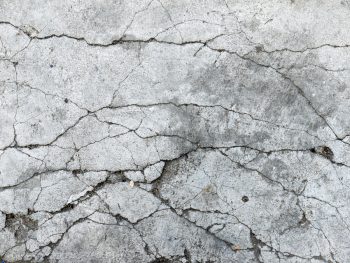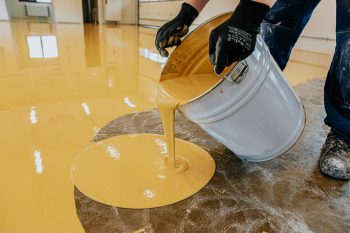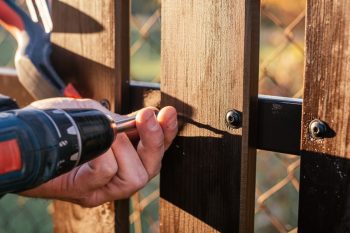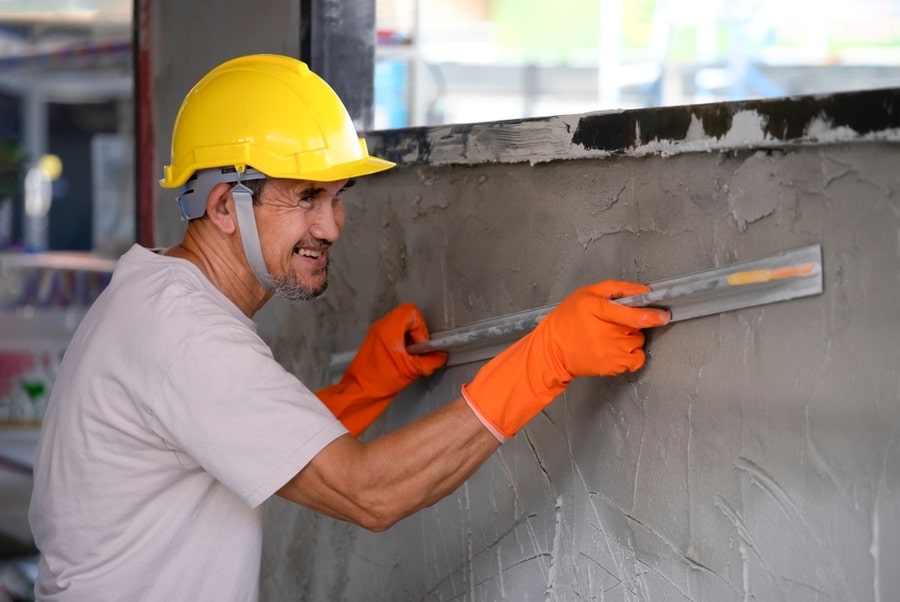
Bonding aluminum to cement is one of the most valuable tricks a homeowner can learn.
Have you ever wondered how you can bond aluminum to cement? If so, then you’ve come to the right place.
The process of bonding aluminum to cement isn’t complicated if you know what you are doing.
Try this effective method:
- Prepare the surface by washing it with soap and water to remove all oils, grease, and dirt.
- Grind or sand the aluminum to provide a rough surface for the glue or epoxy to adhere to. Next, sand the concrete surface in the same way.
- Mix the glue or epoxy according to the manufacturer’s directions and pour some glue or epoxy on each surface, then use a brush to spread it evenly over the surface.
- Apply enough glue or epoxy to cover the joint between aluminum and cement without forming a puddle.
- Lay the surfaces flat against each other and hold them together until the adhesive cures so they won’t separate before the glue sets up.
It’s not hard to bond aluminum to cement; you can do it easily if you follow this process.
Bonding aluminum to cement is a process that involves the construction of chemical bonds between aluminum and cement.
This article will help you to effectively bond aluminum to cement in as little time as possible.
Steps on How To Bond Aluminum To Cement
Bonding aluminum to cement is critical for significant outdoor structures. The most popular options are using nails and screws, but these methods can cause rust.
Using adhesives to bond aluminum to concrete offers a great alternative solution. Here are the steps:
Step #1: Clean the Aluminum Surface
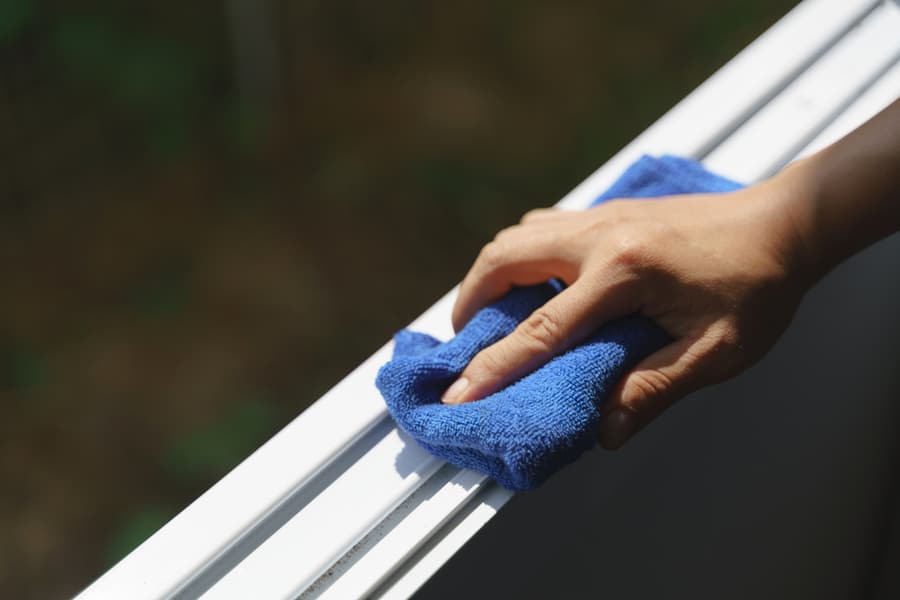
If you don’t clean the surface first, dirt and other particles can get lodged in your bond and weaken it over time. To clean aluminum, use a metal brush or wire wheel on an angle grinder or similar tool.
You can also use sandpaper to remove any oxidation from the surface.
When working with aluminum, cleaning it before you bond it to anything else is essential, and this will help keep the bond strong and prevent corrosion.
Step #2: Prepare the Cement Surface
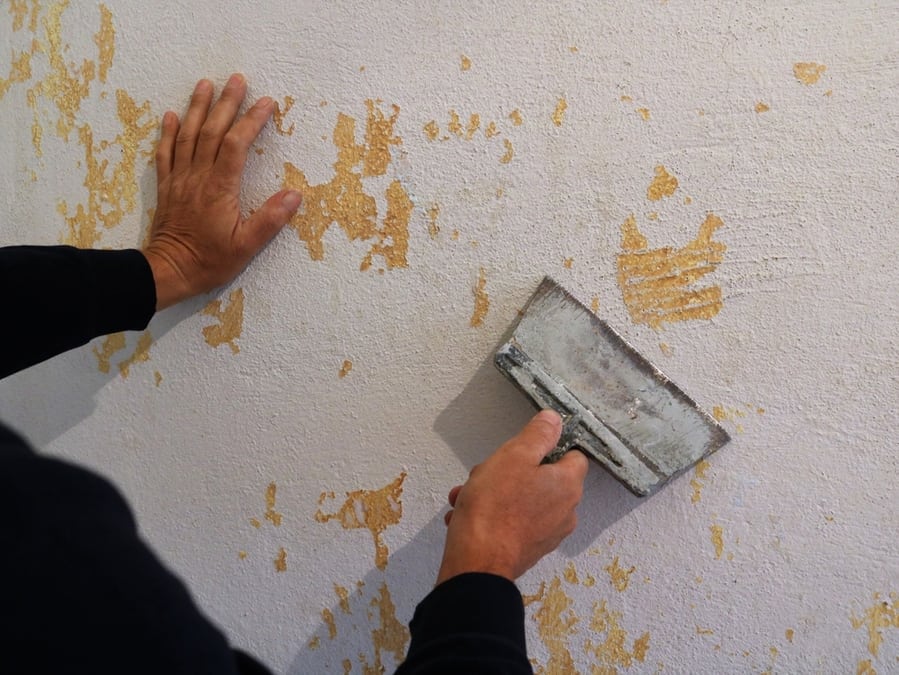
Before you begin bonding, you want to remove any dust, dirt, or grease from the cement. This will help prevent the bond material from sticking to other contaminants.
Use a wire brush on a power drill to remove any debris from the cement surface. Follow up with a vacuum to eliminate any remaining dust or dirt particles.
If there is any grease on the cement surface, you can use acetone or denatured alcohol to remove it.
Step #3: Roughen Aluminum and Cement
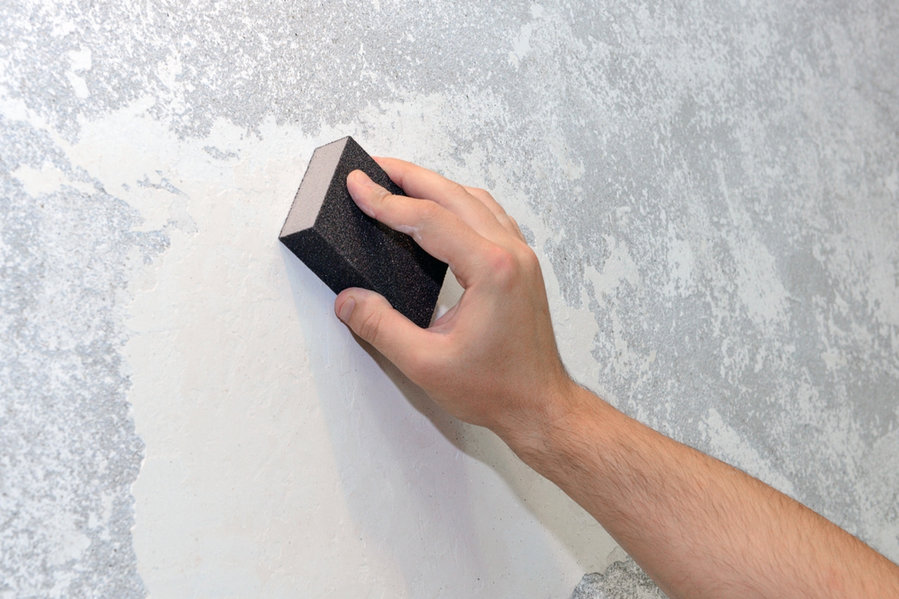
Sand or sandpaper the surface of the aluminum until it’s rough enough for cement to stick to it. Use 120-grit sandpaper or a file if available, but don’t worry about making it too smooth; roughen it up enough so it won’t be slippery when applying the cement.
You can also use course grit abrasive cloth or a scratch brush if you have one on hand.
Step #4: Apply Primer

Apply primer on one side of your aluminum panel using a brush or roller. Allow the primer to dry completely before proceeding.
Before applying the adhesive, it’s essential to use a primer to ensure the surface is adequately prepared.
The primer will help prevent moisture from getting into the bond line and causing later problems.
Step #5: Mix the Epoxy in a Disposable Cup

Mixing the epoxy is a straightforward process, but you must follow the instructions on the package. The most common way to mix the epoxy is in a disposable cup.
You can use any disposable cup at home, but a styrofoam cup works best because it won’t break or leak while working with it. This way, you can rinse and dry the cup for later use.
Mixing epoxy is a very dangerous and messy business that could cause harm to your skin or eyes.
- Wear latex gloves when working with epoxy.
- Follow all safety precautions on the label for working with epoxy products.
- Wear eye protection.
- Wear clothing that covers your skin and protects you from splashes of wet material by using plastic sheeting or tarps as protective barriers around your working area.
Step #6: Apply Epoxy Adhesive

To apply the epoxy, it’s best to use a brush or roller to spread it evenly across the metal and concrete surface. You can also use a paint roller if you don’t have access to other tools.
Make sure you apply an even coat over the entire surface without leaving any gaps between the two coats applied.
Suppose there are any exposed edges on your aluminum or a gap between the aluminum and the cement; you’ll want to cover them with aluminum foil tape before applying the epoxy adhesive.
This prevents air bubbles from forming in these areas when applying the adhesive and helps ensure a smooth surface for better adhesion between material layers.
Step #7: Press Aluminum and Cement Together
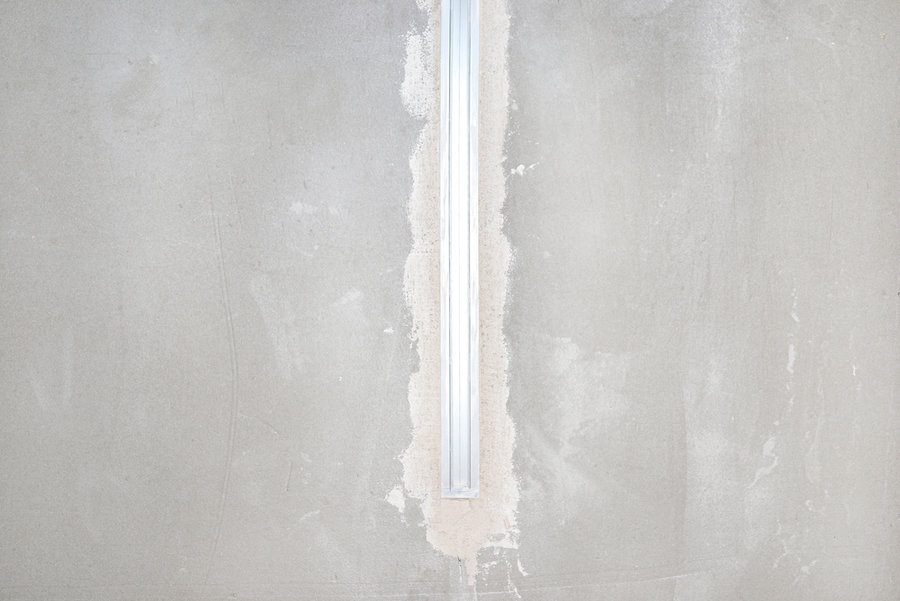
The key to bonding aluminum with cement is applying pressure while they are in contact with each other during curing time; the process takes around 24 hours, depending on atmospheric conditions such as humidity and temperature fluctuations.
The pressure helps force out any trapped air bubbles that might develop between the two materials while curing together.
Please do not touch the surface with your bare hands because it will cause oils from your skin to get onto the surface and prevent adhesion.
Step #8: Clamp To Hold While It Dries

Use a clamp to hold the two materials together while they dry. You’ll want to do this so there’s no movement between them while they dry.
This will ensure that your bond is as strong as possible and lasts longer than other bonds that don’t have clamps holding them together while they dry.
Step #9: Clean Up the Excess Adhesive
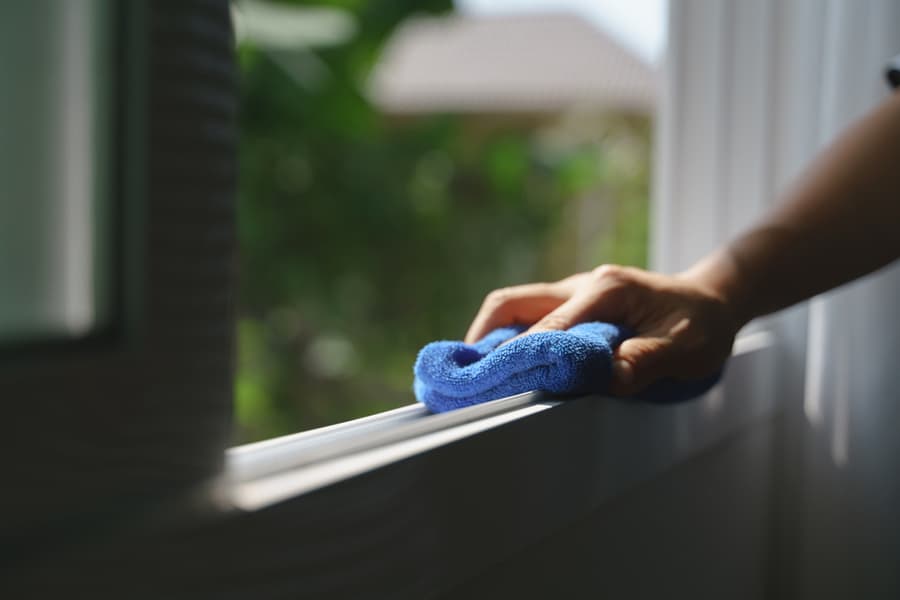
After you have bonded the aluminum to the cement, you will need to clean up any excess adhesive. This is important because it will ensure the joint remains solid and stable.
The best way to do this is with a razor blade or other sharp instrument.
Conclusion
Ultimately, following the steps like cleaning the aluminum and cement surface, applying epoxy, and clamping the two together, you’ll have a suitable bond.
When bonding aluminum to cement, these easy steps can save you from a world of trouble and headaches; plus, they will help you save money and give you insight into how the process works.
Frequently Asked Questions
Can Cement Stick to Aluminum?
Yes. Cement is a relatively strong glue and can bond pretty well to just about anything that isn’t oil-based.
The problem is that aluminum is a metal and, therefore, prone to oxidation, which means that it will rust if it’s exposed to moisture or air.
You’ll have to coat the aluminum with some sealant before you glue it down, or else the bond will break quickly in that environment.
What’s the Best Adhesive for Metal to Concrete?
The best adhesive for metal to concrete is epoxy, a two-part adhesive that mixes easily and dries quickly so you can get back to your project in no time.
Epoxy is also strong, so it won’t fall off or break apart when you want to remove it later. Epoxy works great on aluminum and cement surfaces but can also bond steel, stainless steel, and other metals to concrete.




